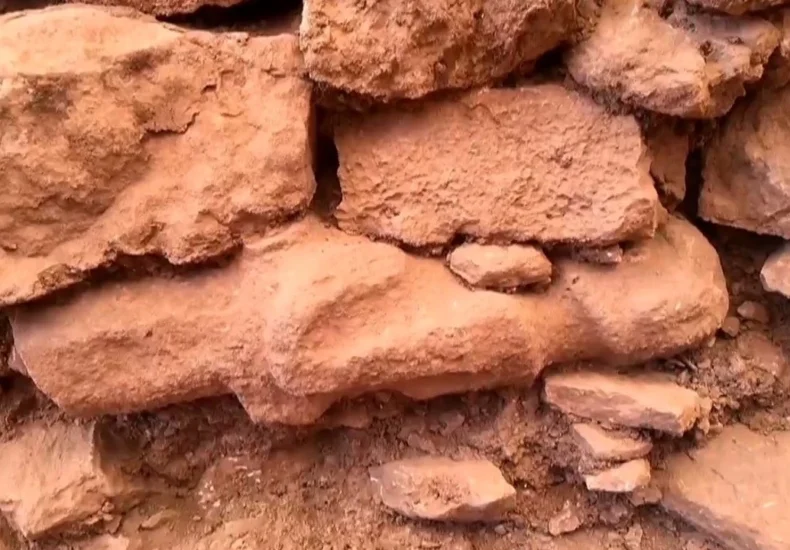
12,000-Year-Old Human Statue Unearthed at Göbekli Tepe
Turkish Minister of Culture and Tourism Mehmet Nuri Ersoy has announced the discovery of a human statue embedded in a wall at Göbekli Tepe, the world’s oldest known temple complex in southeastern Türkiye. The artifact, believed to have been placed as a votive offering, is expected to provide groundbreaking insights into Neolithic rituals and belief

Gifted Burials Unearthed at İkiztepe Mound: An Avenger and a 6-Year-Old Child
Two remarkable “gifted burials” have been uncovered during this year’s excavations at the İkiztepe Mound in Bafra, Samsun. The discoveries shed new light on the burial traditions and social structures of Early Bronze Age communities in northern Anatolia. An Avenger Buried with Harpoons and a Child with Bracelets According to excavation director Assoc. Prof. Aslıhan

The 2,700-Year-Old Siloam Inscription: Israel’s Repatriation Request from Türkiye
The Siloam Inscription, dating back nearly 2,700 years, is considered one of the earliest known examples of Hebrew writing. Discovered near Jerusalem in 1880—then under Ottoman rule—the inscription was transferred to the Imperial Museum (today’s Istanbul Archaeology Museums), where it has been preserved ever since. While Israel has repeatedly requested its return, Turkish law classifies
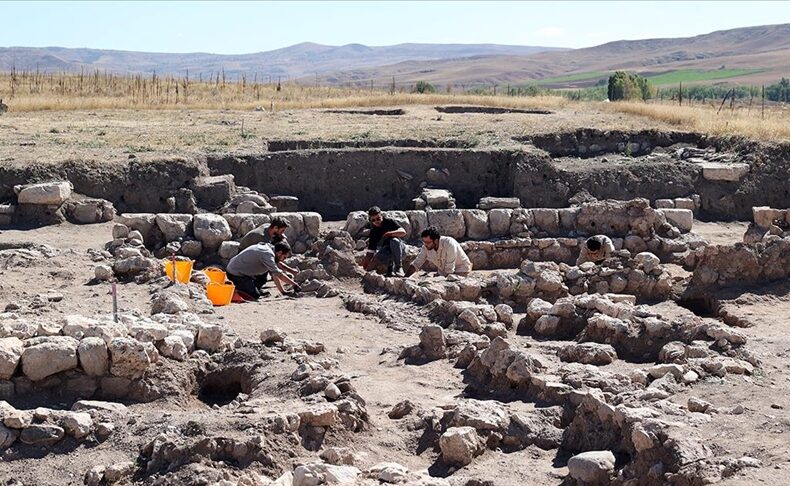
Archaeologists Discover Hittite Bird Divination Tablets and Royal Seals in the Ancient City of Samuha
Archaeologists working at the Hittite settlement of Kayalıpınar, known in antiquity as Samuha, have uncovered an extraordinary state archive containing 56 cuneiform tablets on bird divination and 22 seal impressions belonging to kings, princes, princesses, priests, and high-ranking officials of the Hittite Empire. The excavation was led by Assoc. Prof. Dr. Çiğdem Maner of Koç

Ancient Shops Unearthed in Antioch Reveal Trade and Pilgrimage in Early Christianity
Rescue excavations in the ancient city of Antioch (Antiocheia), in modern Hatay, Türkiye, are shedding new light on the city’s economic and religious life during the 4th and 5th centuries CE. Recent discoveries near the world-famous St. Peter’s Church demonstrate that the site was not only a spiritual center for early Christian pilgrims but also

A 5,000-Year-Old Pottery Fragment With a Human Face was Discovered in Konya
Archaeologists excavating Gökhöyük, near Seydişehir in Türkiye’s Konya province, have uncovered a pottery fragment dating back about 5,000 years. What makes the find remarkable is the depiction of a human face carved onto its surface—a rare ritual object rather than an ordinary household vessel. A Settlement Spanning 7,000 Years Gökhöyük, first identified in the 1950s
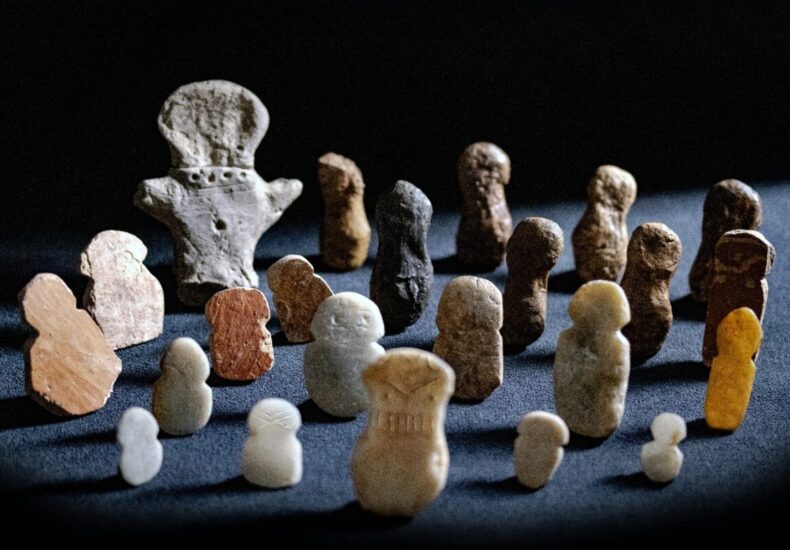
Bronze Age Idols Unearthed in Western Türkiye: 4,500-Year-Old Ritual Treasures Found at Tavşanlı Höyük
Archaeologists have uncovered a remarkable collection of 4,500-year-old human-shaped idols at Tavşanlı Höyük, one of the largest Bronze Age settlements in Western Anatolia. The discovery, announced by Culture and Tourism Minister Mehmet Nuri Ersoy, includes marble, bone, and terracotta figures that provide unprecedented insights into the spiritual and domestic life of the Early Bronze Age.
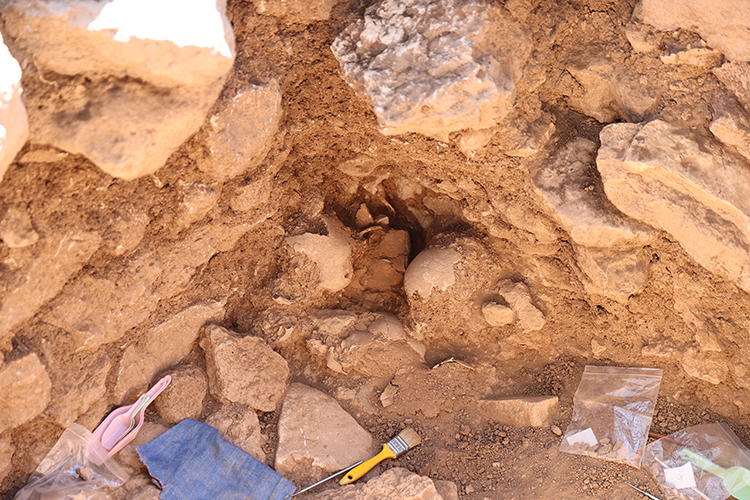
12 Ancient Human Skulls Unearthed at Sefertepe, Offering New Insights into Neolithic Rituals
Archaeologists excavating the prehistoric site of Sefertepe in southeastern Türkiye have uncovered 12 additional human skulls dating back approximately 10,500 years. The discovery, part of the landmark “Taş Tepeler” (Stone Hills) project, sheds new light on Neolithic ritual practices in the region. Sefertepe, one of the key Neolithic sites under the “Şanlıurfa Neolithic Research Project
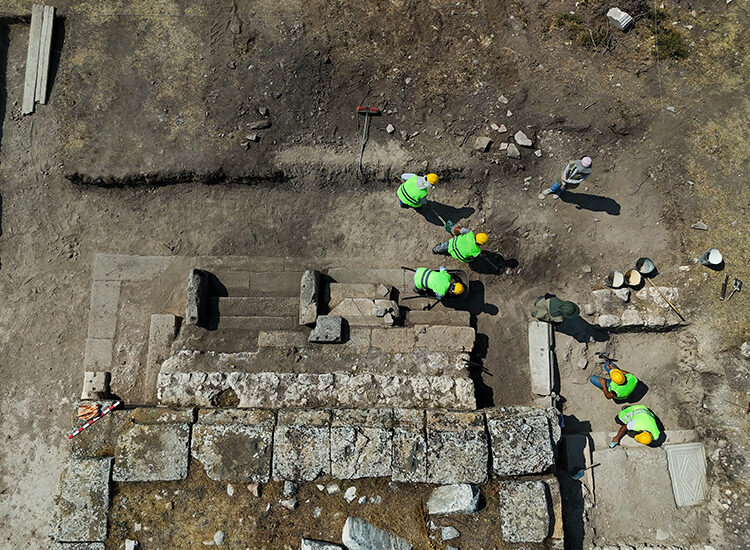
Newly Unearthed “North Temple” in Blaundos Reveals Ancient City’s Religious Continuity
Archaeologists have uncovered a monumental temple in the ancient city of Blaundos (modern Ulubey, Uşak, Türkiye), shedding light on the city’s religious and cultural life across centuries. The newly revealed North Temple, believed to date back nearly 1,900 years, was constructed on a high podium and remained in use well into the Byzantine era, making
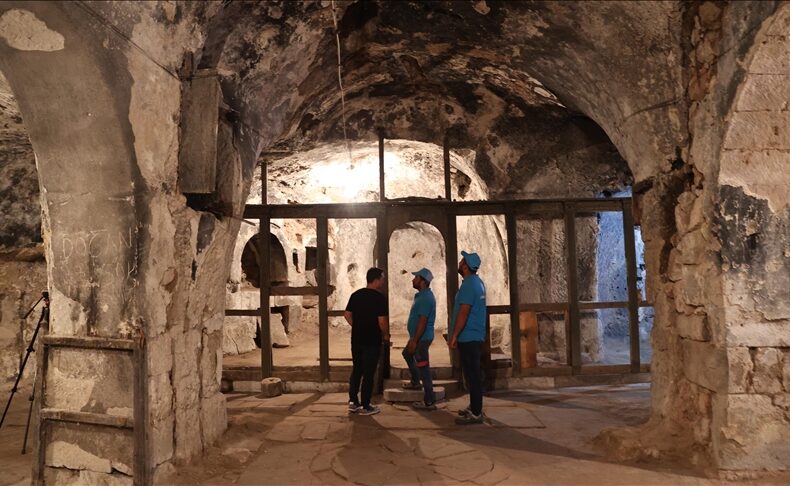
World’s Oldest Mental Hospital: Aya Maryeros Underground Monastery to Be Restored
The Aya Maryeros Underground Monastery in Derinkuyu, Nevşehir, believed to be the world’s first psychiatric treatment center from the Byzantine era, is set to undergo restoration and open as a museum. Located in Cumhuriyet District, the monastery’s entrance was discovered in the 1990s beneath an abandoned building. The complex features tunnels, carved chambers, cellars, and
